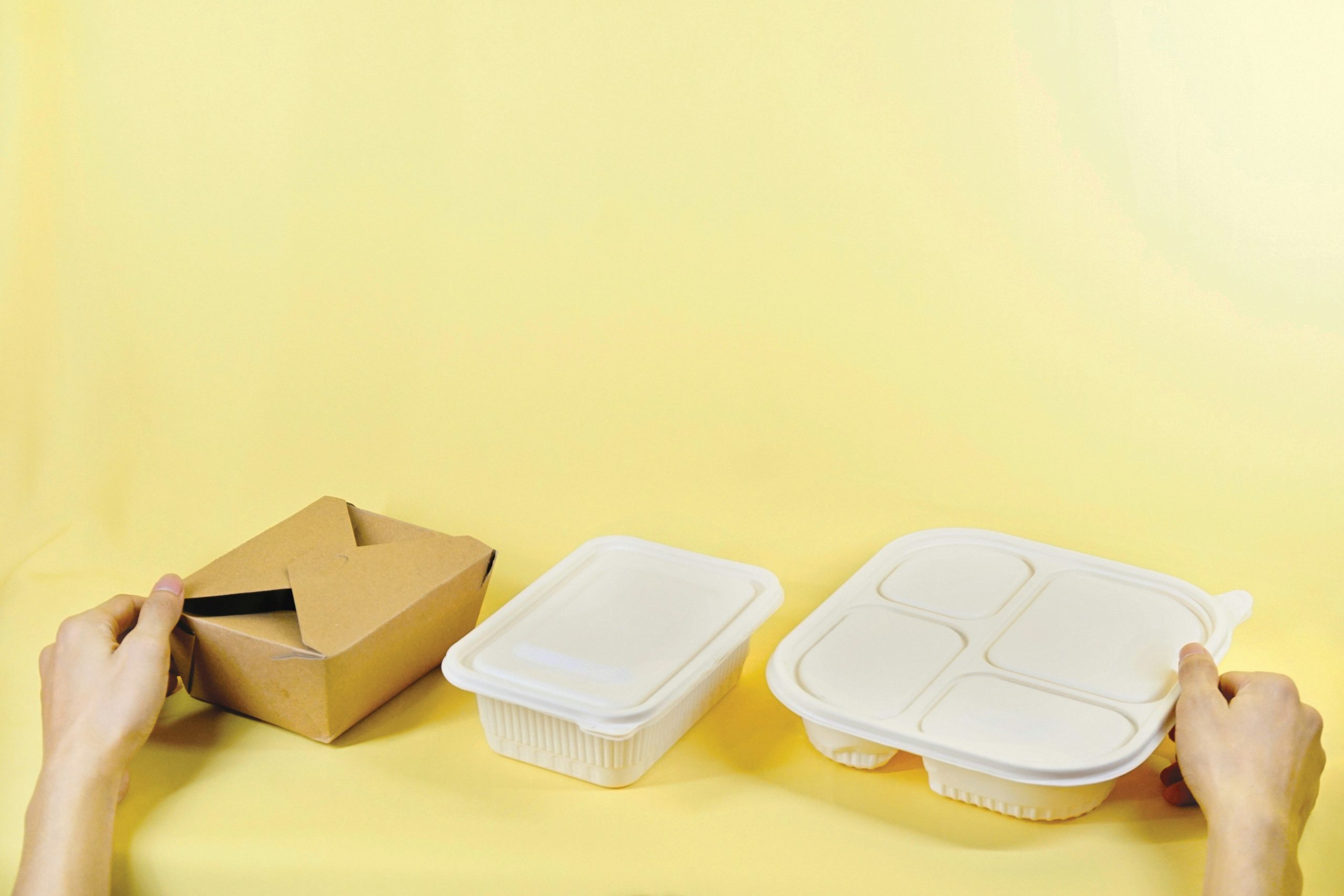UK Consumers Avoid Sustainable Packaging Due to High Costs
Recent UK trends indicate an increased demand for eco-friendly packaging, despite the high costs driving customers to more economical but less sustainable alternatives.
Eco-friendly packaging is becoming increasingly popular in the United Kingdom as people become more aware of environmental issues. However, the increased expense of sustainable options frequently leads to consumers selecting less environmentally friendly alternatives. This article explores the complexities behind this issue and seeks solutions to make sustainable packaging more accessible not only for consumers, but for businesses too. Stand up pouches and flexible packaging company, Polypouch, says, “eco-friendly packaging has emerged as a powerful tool for businesses that want to create a positive impact on the planet while building a stronger brand reputation and loyal customer base.”
Understanding Consumer Choices: Cost vs. Sustainability
The graph from YouGov’s 2023 data demonstrates how different age groups in the UK feel about purchasing environmentally friendly products that are more expensive. Surprisingly, over 68% of British consumers over the age of 18 never or rarely purchase products with eco-friendly packaging due to higher costs. According to Ipsos study, 44% of people in Britain believe it is more expensive to buy sustainable items, and 39% are perplexed as to why these greener solutions are more expensive, especially since we are all encouraged to make environmentally friendly choices for the future.
Sustainable Packaging: A Growing Demand Amidst Cost Concerns
Concerns about the environment have been raised by the rise in packaging waste brought on by the boom in internet shopping. The UK consumed 31.1 kg of plastic per person on average in 2023, and more than half of the packaging waste was non-recyclable. This has increased customer demand for sustainable packaging choices. The higher production costs of these environmentally friendly alternatives, which are made worse by inflation, energy costs, and resource shortages, limit consumers’ willingness to pay a premium for them.
Post-Covid Consumer Trends: Hygiene and Sustainability
The initial shift in consumer focus towards hygiene caused by the COVID-19 pandemic temporarily halted the progress towards sustainable packaging. However, the focus on environmentally friendly packaging has increased again as sanitary concerns have decreased. According to McKinsey’s 2023 research, consumers—particularly those in wealthy nations like the UK—are becoming more interested in sustainable packaging.
The UK Packaging Industry’s Innovative Response
UK packaging giants like DS Smith and Amcor are responding to these shifts by innovating to strike a balance between affordability and sustainability. The development of recyclable materials, such PET bottles and packaging with PCR content, is a step towards more economical and ecologically beneficial alternatives.
Moving Towards Affordable Sustainability: A Collaborative Approach
A comprehensive solution is necessary to address the cost barrier in sustainable packaging. This entails making investments in low-cost production technology, providing government support for sustainable practices, and educating consumers about the extended advantages of environmentally friendly packaging. A concerted effort like this can assist in reducing the price difference between conventional and sustainable packaging.
Who Should Pay the Price of Sustainability?
There is ongoing discussion on who should pay the price for sustainability: customers, merchants, or brands? Some experts suggest sharing the burden of accountability instead of putting it all on the shoulders of the consumer.
Leading the Way: UK’s Sustainable Packaging Initiatives
A number of UK supermarkets and companies are using sustainable packaging techniques as an example of successful initiatives. Tesco’s partnership with Loop to develop a package reuse system is a great example of how to reduce packaging waste in a realistic way. It also serves as a model for other businesses who want to embrace sustainable practices instead of becoming passive participants in environmental change.
The Future of Packaging: Affordable and Sustainable
The end result is an industry where sustainability is the standard rather than a luxury element in packaging. This can only be accomplished with continued innovation, regulatory backing, and cooperation from producers, consumers, and legislators. It is a difficult but attainable goal to make sustainable packaging economical and environmentally friendly through coordinated efforts.
In Summary
A major issue facing the UK is the conflict between selecting cost-effective, non-sustainable packaging options and eco-friendly, but pricey, packaging. Solving this dilemma will require a thorough grasp of market dynamics and a cooperative approach to develop solutions that are advantageous to both the environment and the consumer.

